Planting yucca filamentous and caring for it in the open field
Filamentous yucca is a picky flower, planting and caring for which is easy even for a novice gardener. A spectacular plant will be a worthy decoration for any flower garden.
Description of the plant
Filamentous yucca is an evergreen plant with a dense leaf rosette. The average size of xiphoid leaf blades is about 60 cm, their diameter is from 3 to 6 cm. Long filamentous fibers hang from the edge of the hard foliage. White yucca flowers with a yellow-cream or golden hue resemble bells, appear for the first time in the 2-3 year of the plant's life. A flower panicle grows from the central part of the leaf rosette, usually at the beginning of summer, its length is on average from 0.5 to 2.5 m. There are a lot of flowers on one leg; large specimens can have up to 150 pcs. Sometimes the straight peduncle bends under their weight. Flowers up to 6 cm in diameter delight with their beauty for about 3 weeks.
Reproduction
There are several main ways to get young plants.
- Seeds.
This method is quite laborious and time consuming. Yucca seeds are harvested in August. In February, they are sown in specially prepared containers. They carry out regular care: watering, loosening, weed, disease and pest control. For the winter, plantings of fragile yucca must be covered. Only two years later, in spring, young plants are planted in open ground.
- By dividing the bush or by root cuttings.
Root shoots are planted in spring or late summer. Planted young plants are protected from direct sunlight, watered regularly.
Yucca can be propagated by cutting off a part of the trunk at least 10 cm long with dormant buds. The segment is placed horizontally on the surface of the ground, slightly deepening the ground. Constantly sprayed. After about two weeks, dormant buds wake up and young shoots begin to grow. The trunk is divided into small pieces, each of which should have revived sprouts. The sections are dried for about 20 minutes, and then the wounds are sprinkled with charcoal. Young plants are planted in a prepared substrate.
- Stem tops.
Small but strong top shoots are cut at an angle in spring. The place of damage is sprinkled with charcoal, and the stem crown is dried, placing it in the shade for 20 minutes. There should be about 4-5 leaves on the apical stem. The cuttings are placed in moist soil and covered with plastic wrap or glass. For rooting, use a light sandy soil that should not dry out. When the roots appear on the cutting, it is gradually taught at low humidity. For winter, young plants are covered with a layer of leaves or spruce branches for insulation.
How to plant a yucca?
Yucca is planted in spring or late summer. It is best to use local plant specimens that have adapted to specific climatic conditions. At the beginning of the growing season, work is performed when a stable night temperature is established above +10 degrees. Late August - early September is also a good time to plant yucca outdoors.
The diameter of the hole for each flower is made about twice the size of the root system. The yucca is placed in the center, carefully covered with earth, tamped down and watered. At first, they are protected from the hot sun and watered more often, then the plant requires minimal care.
Yucca feels well without transplants in one place up to 20 years. However, once every 3-4 years, you have to divide the overgrown bush, sometimes you need to transfer the flower to a new place. The roots grow to the sides, so they recede at least 70-80 cm from the yucca trunk. Dig carefully and deeply, taking care not to damage the root system.
Growing features
Outdoor flower care is not difficult. The plant is planted in light partial shade or in the sun. Watering is rarely carried out. They try to prevent moisture from entering the center of the leaf outlet. Even in extreme heat, moisturize no more than once a week. Yucca suffers more from excess water than from drought. She likes nutritious and porous soil. The flower grows poorly without air access, in too dense black soil or clay. It is necessary to add sand to such soil, and place a drainage from broken brick or gravel at the bottom of the planting hole. Loosening and weed control are carried out regularly.
Yucca is often grown for its huge ornamental flowers. If the plant does not bloom, then there may be several reasons:
- the yucca lacks light;
- flower buds damaged by frost;
- weak specimens for the first time release flower panicles not at 2-3, but at 4-5 years of age.
Changes in the appearance of the flower will tell about errors in the cultivation.
- High soil moisture, inappropriate composition or lack of drainage can cause fungal diseases, which appear as brown spots.
- Too active and bright sun leads to the formation of dry light spots.
- Leaves with brown tips can be caused by dry air or a draft.
The lower leaves of garden yucca gradually turn yellow and die off. This is a natural aging process, provided there are enough young leaves.
Haircut is part of yucca care. It performs several functions:
- this is a way to rejuvenate old specimens;
- the ability to propagate yucca;
- this way you can save a flower affected by rot or frostbite;
- sanitary pruning helps to maintain the decorative appearance of the plant.
Pruning is carried out in the spring. Yucca has one point of growth. If it is damaged, dormant buds wake up over time and new rosettes with leaves develop. A couple of days before the work is done, the flower is watered. Pruning is done with a sharp and clean tool. Dry, damaged leaves (usually the lower ones) are cut short. After 15 minutes, the cut will dry out a little, then it is sprinkled with charcoal. For propagation, you can remove and root the tip. 3-5 new shoots will appear in its place in about 2 weeks. On a small plant, no more than 2 tops are left, on stronger specimens - 3, sometimes more.
In the cold season, yucca tolerates temperatures down to -15 degrees. Cold, snowless winters pose a danger to the plant. Low temperatures can lead to freezing of the growing point, the roots of cold tolerate more firmly. Before frosts, the plant is insulated. It is especially important to protect young specimens up to three years of age.
A mound of dry foliage is made around the flower, which is fixed with burlap or dense cloth. A box is laid on top without a bottom or board to hold the structure. Then the plant is covered with a film and fixed. The shelter is removed in spring to prevent waterlogging of the yucca. In March, the film is removed, in April the structure is completely disassembled, gradually accustoming the plant to ambient temperature.
In the northern regions, the shelter of the garden yucca is carried out especially carefully, in the southern regions it is often possible not to carry out protection from frost, especially in the presence of snow cover.
Top dressing
With a complex of mineral fertilizers for succulents, young yucca are fed twice during the growing season. The first time it is introduced in May, before the start of vegetative growth. This top dressing is used again after the flowering of the plant. Yucca over three years old is additionally fertilized with organic matter.
An adult flower is fed with liquid organic fertilizers around April. At the beginning of summer, a handful of superphosphate is scattered into the trunk circle.Fertilizer will gradually flow to the roots after watering or rain and will stimulate the formation of flower arrows.
Pests and diseases
Thrips, aphids, scale insects, spider mites and some other pests can damage yucca, especially if it has a weakened immune system. Single pests can be removed manually. Spraying with a systemic insecticide will help get rid of a massive attack of parasites.
With excessive moisture, the plant may develop leaf spot, which is characterized by spots on the leaf blades, over time they become brown. The damaged parts of the plant are removed, the water regime must be corrected.
White rot is caused by disease-causing organisms. Light spots appear on the leaves, sometimes watery. The plant must be transplanted into non-contaminated soil. In case of fungal diseases, they are treated with fungicides.
Yucca filamentous is called the "tree of happiness." It is believed that she brings good luck and prosperity to the house. It is enough to give her quite a bit of time to regularly admire the huge inflorescences and original foliage of an unpretentious flower.
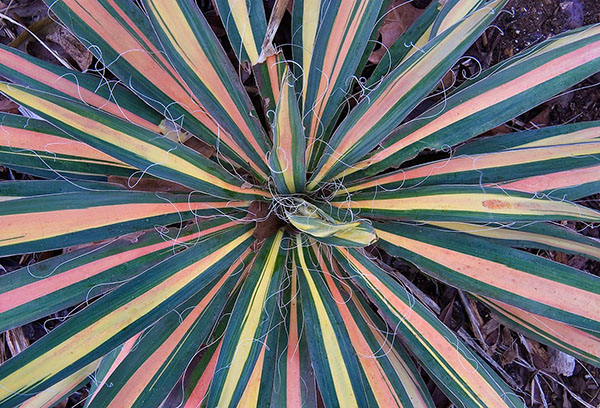
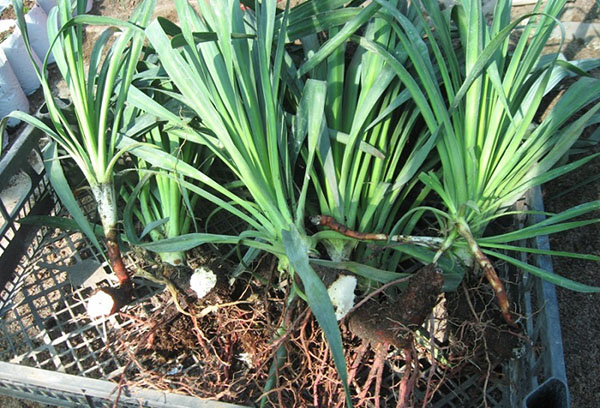
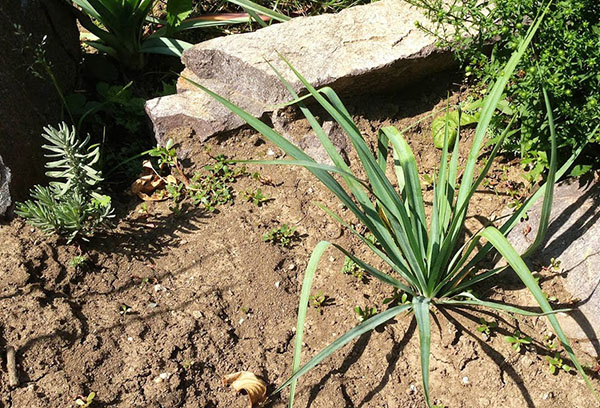
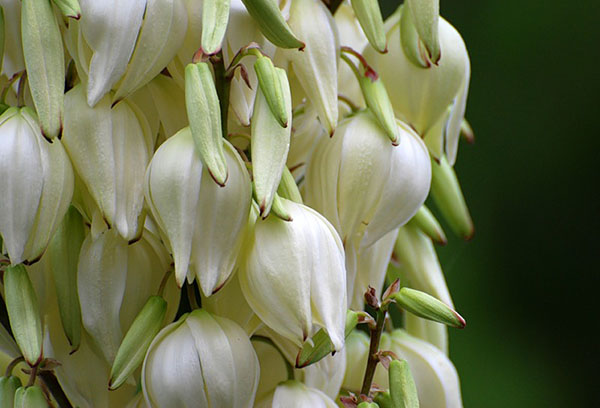
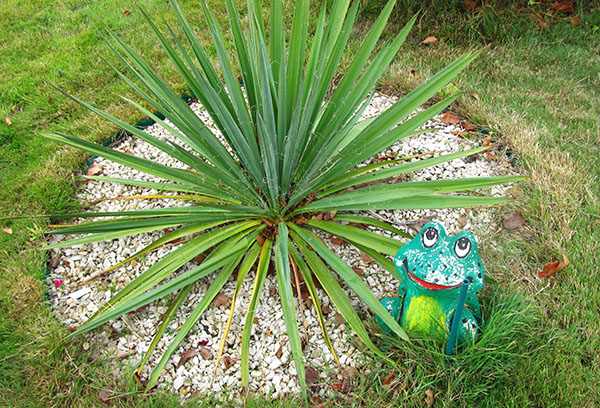
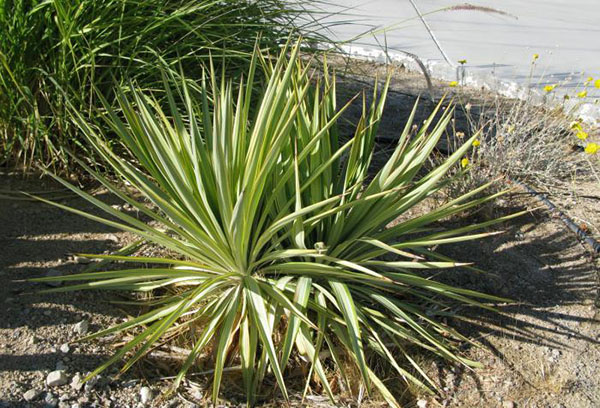
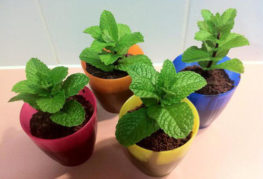
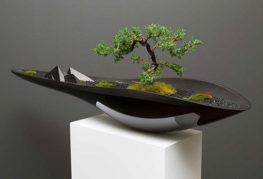
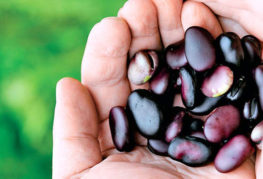
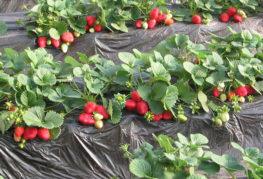
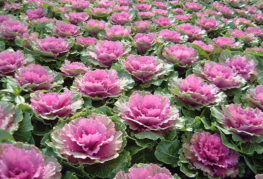

and will be published shortly.